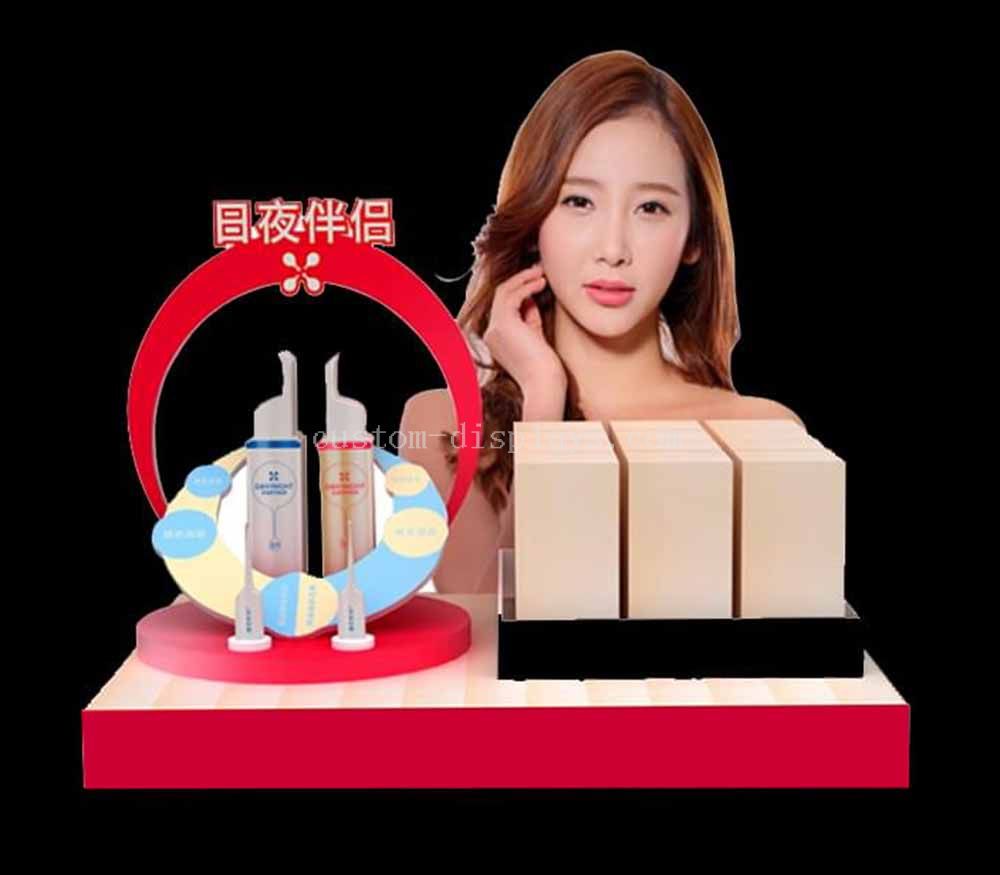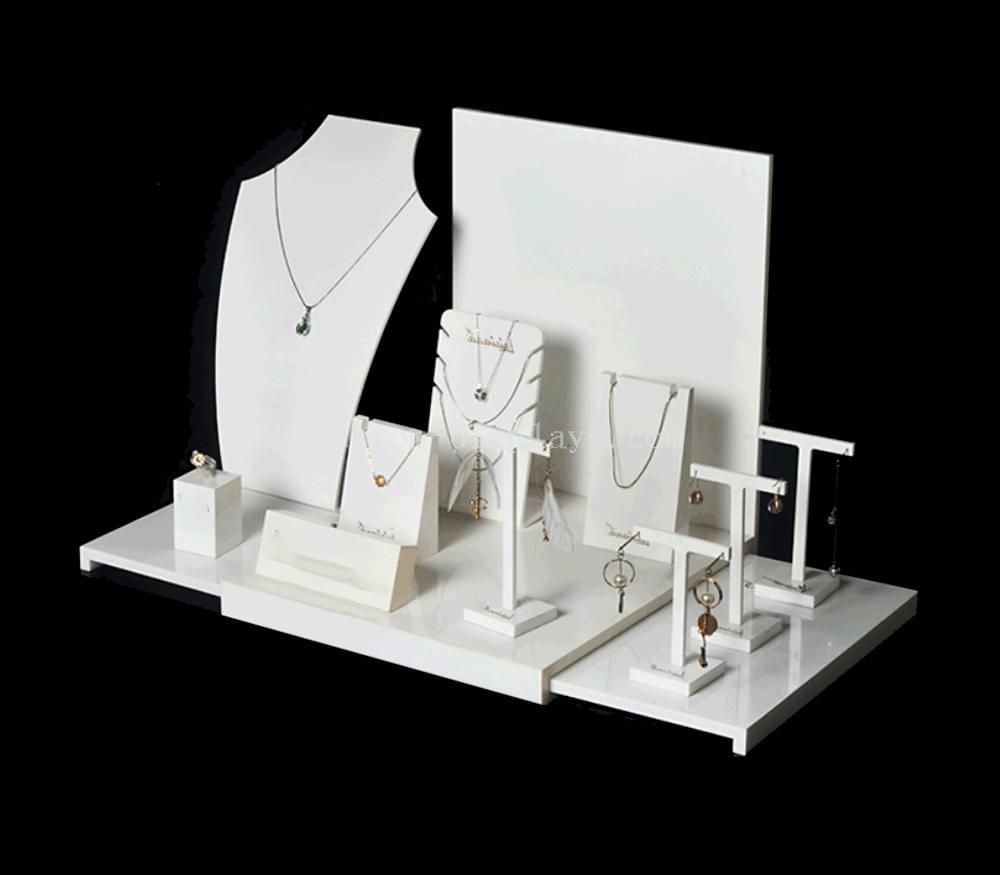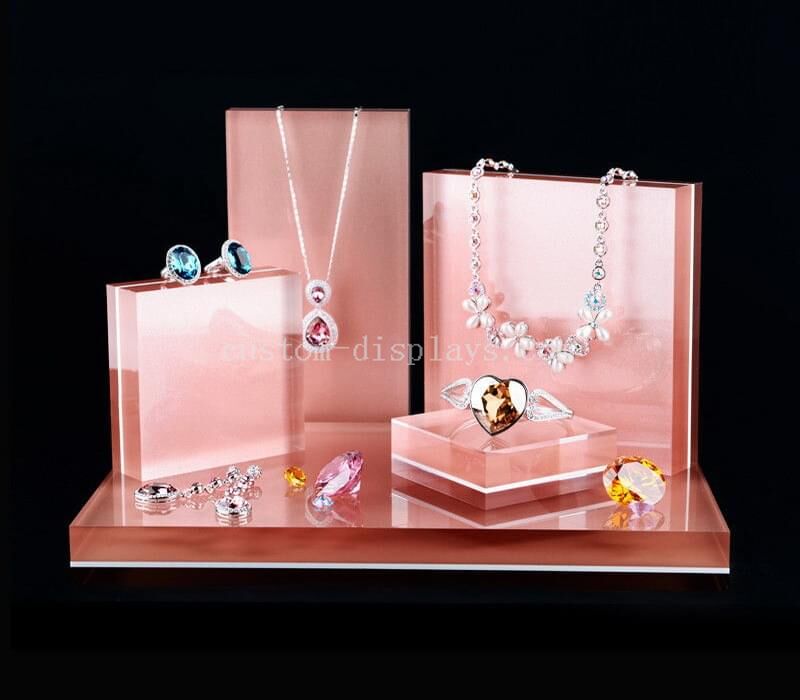Acrylic display products have gained immense popularity in various industries due to their versatility, aesthetic appeal, and durability. As a key material in visual merchandising, the choice and combination of materials used in acrylic displays can significantly impact both functionality and presentation. This article explores the essential aspects of selecting and pairing materials for acrylic display products.



Understanding Acrylic
Acrylic, also known as polymethyl methacrylate (PMMA), is a transparent thermoplastic that is lightweight, shatter-resistant, and has high optical clarity. These characteristics make it an ideal material for display products such as signage, product holders, and custom showcases. When considering acrylic for display solutions, it’s important to recognize its various forms and finishes, including clear, frosted, colored, and mirrored acrylic, each serving distinct purposes in design and functionality.
Material Selection Criteria
When choosing materials for acrylic displays, several criteria should be considered:
- Purpose of the Display: The intended use of the display will dictate the choice of materials. For example, a display meant for high-traffic retail environments might require thicker, more robust acrylic to withstand wear and tear, while a showcase for fragile items might benefit from a lightweight, custom-shaped design.
- Visual Appeal: The aesthetic of the display is crucial. Clear acrylic provides a clean, modern look that enhances product visibility, while colored or frosted options can add a unique touch that aligns with brand identity. The use of LED lighting can further enhance the appeal, creating a striking visual effect.
- Weight and Portability: Depending on where and how the display will be used, weight may be a critical factor. Lightweight acrylic can facilitate easy transportation and rearrangement, making it suitable for events or temporary displays.
- Environmental Considerations: With increasing awareness of sustainability, the environmental impact of materials is becoming more prominent. Opting for recyclable acrylic or incorporating sustainable practices in manufacturing can appeal to environmentally conscious consumers.
Complementary Materials
Pairing acrylic with other materials can enhance the functionality and design of displays. Here are some common materials that work well with acrylic:
- Wood: Combining acrylic with wood can create a warm, inviting aesthetic. Wooden bases or frames can provide stability and contrast to the sleekness of acrylic. This pairing is particularly effective in boutique settings or for artisan products, where a rustic or handmade feel is desired.
- Metal: For a more industrial or modern look, metal components can be integrated with acrylic displays. Materials like aluminum or stainless steel can add durability and a contemporary edge, making them ideal for high-end retail environments.
- Fabric: Incorporating fabric can soften the appearance of acrylic displays. Printed graphics on fabric can be used as backdrops or banners to attract attention. This approach is common in trade shows or exhibitions, where vibrant visuals are essential for drawing in potential customers.
- Glass: For premium products, combining acrylic with glass can elevate the display’s perceived value. While glass offers a sophisticated look, the lightweight nature of acrylic ensures that the overall design remains practical and easy to handle.
Design Considerations
When designing acrylic displays, it’s vital to consider both form and function. The display should not only look attractive but also serve its purpose effectively. Here are some tips for optimal design:
- Transparency and Visibility: Ensure that the acrylic is clear and well-formed to maximize product visibility. Avoid unnecessary distractions that might detract from the items on display.
- Ease of Use: Displays should facilitate easy access to products. Consider features like adjustable shelves or removable components that allow for flexibility.
- Branding Opportunities: Incorporate branding elements such as logos or color schemes into the design. This can be achieved through printed graphics on the acrylic itself or by using complementary materials that reflect the brand’s identity.
- Modular Designs: Consider creating modular display units that can be rearranged or expanded based on changing needs. This adaptability is crucial in dynamic retail environments.
Conclusion
The selection and pairing of materials for acrylic display products play a significant role in their overall effectiveness and appeal. By carefully considering the intended use, visual impact, and complementary materials, businesses can create striking displays that not only showcase their products but also enhance the customer experience. As the market continues to evolve, embracing innovative designs and sustainable practices will further elevate the role of acrylic displays in visual merchandising.
